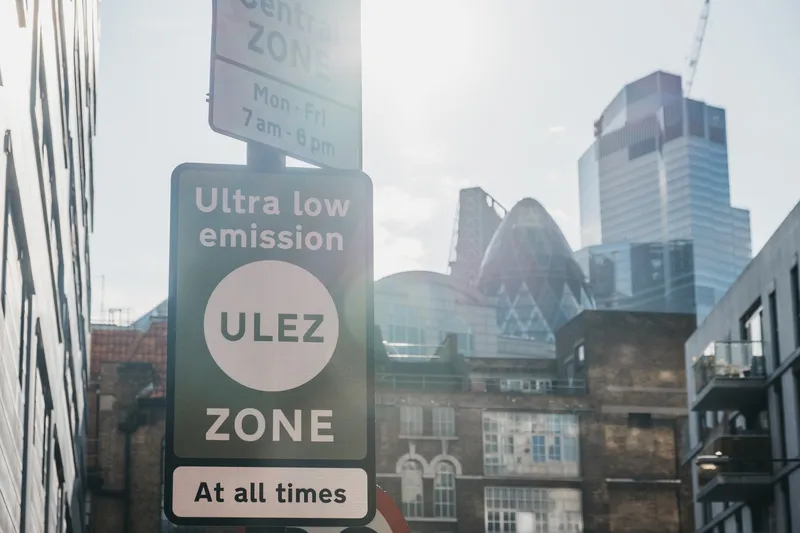Drivers on Australia’s Gold Coast are to benefit from a new combined traffic management system. As part of local council's recently released Transport Strategy, council-managed traffic management will be combined with the state government-owned traffic management centre, enabling the council to work with Transport and Main Roads officers in monitoring and managing a better traffic network for the city, particularly in the lead-up to the 2018 Commonwealth Games.
Council transport planning manager Alton Twin
April 19, 2013
Read time: 2 mins
Drivers on Australia’s Gold Coast are to benefit from a new combined traffic management system.
As part of local council's recently released Transport Strategy, council-managed traffic management will be combined with the state government-owned traffic management centre, enabling the council to work with Transport and Main Roads officers in monitoring and managing a better traffic network for the city, particularly in the lead-up to the 2018 Commonwealth Games.
Council transport planning manager Alton Twine said the city needed an integrated network for major events, particularly for emergency services. "It's part of that move to a global city," he said. "We've arrived on the world stage and we need to treat it like that. This is a must-have."
Mayor Tom Tate said the change would mean less congestion for motorists. "One of my key priorities is to make the most of our existing road network - to reduce congestion and cut commuting times to home, work and school," he said. "With this single network approach, motorists will see improved co-ordination between traffic signals which will improve traffic flow. It means there is no longer a division between council-controlled roads and state-controlled roads. Our focus is on managing the one road network with the aim of improving traffic flow."
As part of local council's recently released Transport Strategy, council-managed traffic management will be combined with the state government-owned traffic management centre, enabling the council to work with Transport and Main Roads officers in monitoring and managing a better traffic network for the city, particularly in the lead-up to the 2018 Commonwealth Games.
Council transport planning manager Alton Twine said the city needed an integrated network for major events, particularly for emergency services. "It's part of that move to a global city," he said. "We've arrived on the world stage and we need to treat it like that. This is a must-have."
Mayor Tom Tate said the change would mean less congestion for motorists. "One of my key priorities is to make the most of our existing road network - to reduce congestion and cut commuting times to home, work and school," he said. "With this single network approach, motorists will see improved co-ordination between traffic signals which will improve traffic flow. It means there is no longer a division between council-controlled roads and state-controlled roads. Our focus is on managing the one road network with the aim of improving traffic flow."










